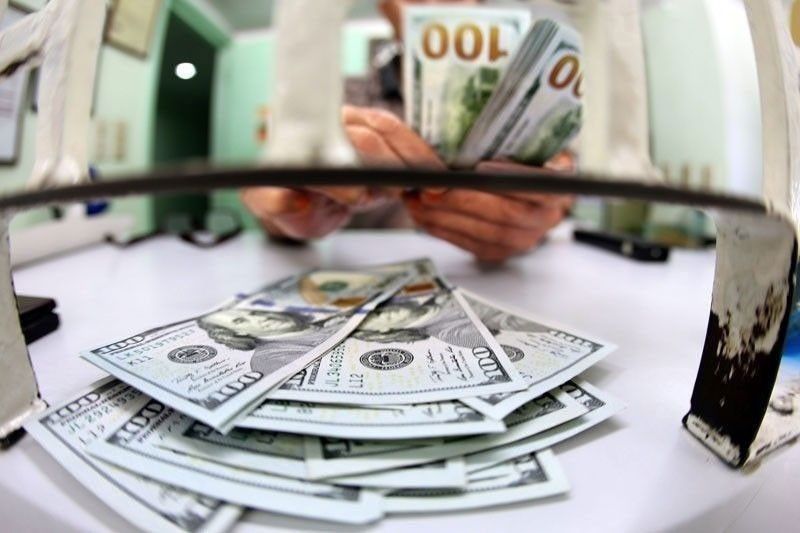Remittances sustain growth in June despite pandemic woes

MANILA, Philippines – Money sent home by Filipinos overseas sustained its growth in June despite the pandemic fallout, helping augment the income of their families here amid hard times.
What’s new
Cash remittances sent through banks grew 7% year-on-year to $2.64 in June, the Bangko Sentral ng Pilipinas reported on Monday.
This brought the first semester tally to $14.92 billion, up 6.4% on-year.
Why this matters
Remittances have historically been one of the Philippines’ major sources of dollars, but more importantly they also boost the purchasing power of Filipino migrants’ families at home.
Despite the worldwide job cuts amid the coronavirus pandemic, cash remittances in 2020 shrank 0.8% year-on-year to $29.9 billion, less than estimated. The BSP forecast cash remittances to grow 4% this year.
What analysts say
Sought for comment, Jeremiah Opiniano, executive director at the Institute for Migration and Development Issues, said the local currency’s current weakness is a boon to Filipinos overseas amid the rainy days. This is because the depreciation bloats the value of remittances when exchanged for peso.
“It is unfortunate that lockdowns here at home stall Filipinos' economic movement, but if Filipino families receive remittances during these times (and now under a weakened US dollar), limited expenses due to lockdowns provide occasions for them to save and open savings accounts and subscribe to financial products needed today (health insurance, life insurance),” Opiniano said in an email exchange.
But a falling currency is not entirely good for the economy as it can also fan inflation and push up the value of the government’s foreign debts. In the past weeks, the peso has been trading above the P50-per-dollar level — a territory not seen in over a year — as easing lockdowns give importers fresh impetus to ship in more goods, thereby increasing demand for the greenback.
For Nicholas Antonio Mapa, senior economist at ING Bank in Manila, the remittance growth streak may not do much in tempering the peso’s weakness.
“Although the sustained pickup in the remittance figures is a welcome development, we are unsure this will be enough to reverse the current depreciation bias for the Philippine peso. Increased corporate demand on improving imports coupled with the financial account now showing more outflows than inflows, we expect the PHP to be on the backfoot for the rest of the year,” Mapa said in a separate email.
Other figures
- The central bank said 40.1% of cash remittances in the first six months originated from the United States, while the rest came from Singapore, Saudi Arabia, and the United Kingdom.
- Remittances from land-based workers grew by 7.1% on-year to $2.136 billion in June while those from sea-based workers improved 6.5% on-year to $502 million.
- Latest
- Trending





























